A place steeped in history
The château goes back to the 12th century, but recent discoveries of Roman artefacts indicate vineyards were already established on the homestead in Gallo-Roman times.
Once a priory, it depended on the abbey of Saint-Hilaire in 1120 under the name of “Villa Bracia”, organised around an aqueduct and a chapel – both still preserved today.
Upstream at Foulon and downstream at Maynard, mills were used to grind grain and process the wool of local sheep. An icehouse still stands next to the Château: from the Ancien Régime up until the end of the 18th century, the family stored ice from the Pyrenees in the building.
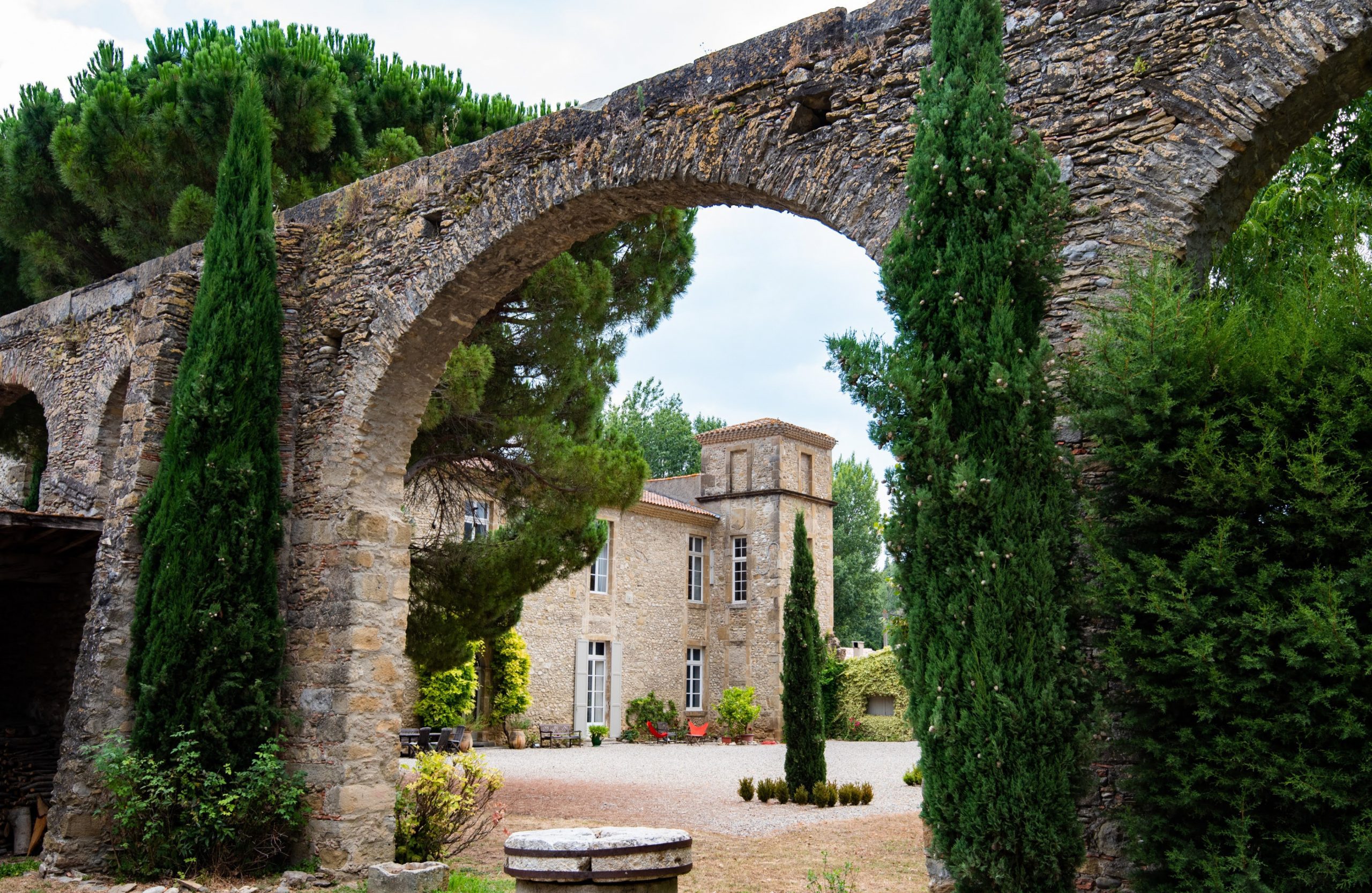

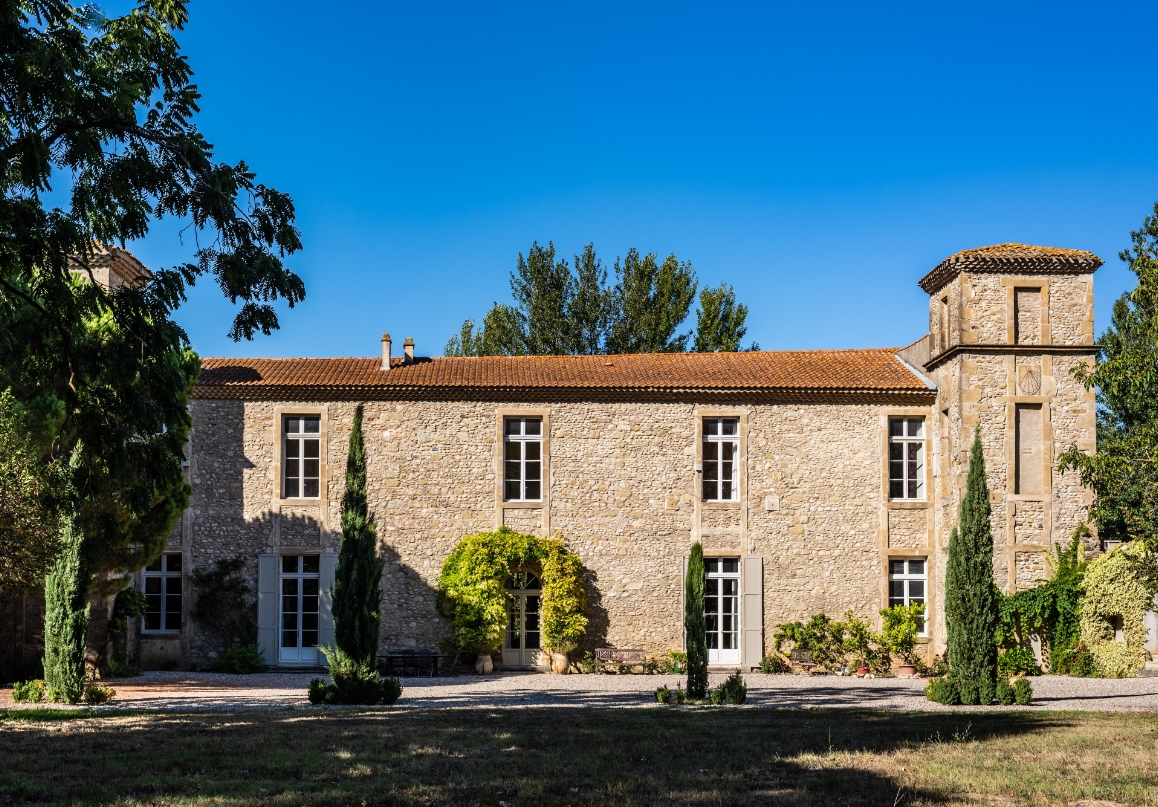
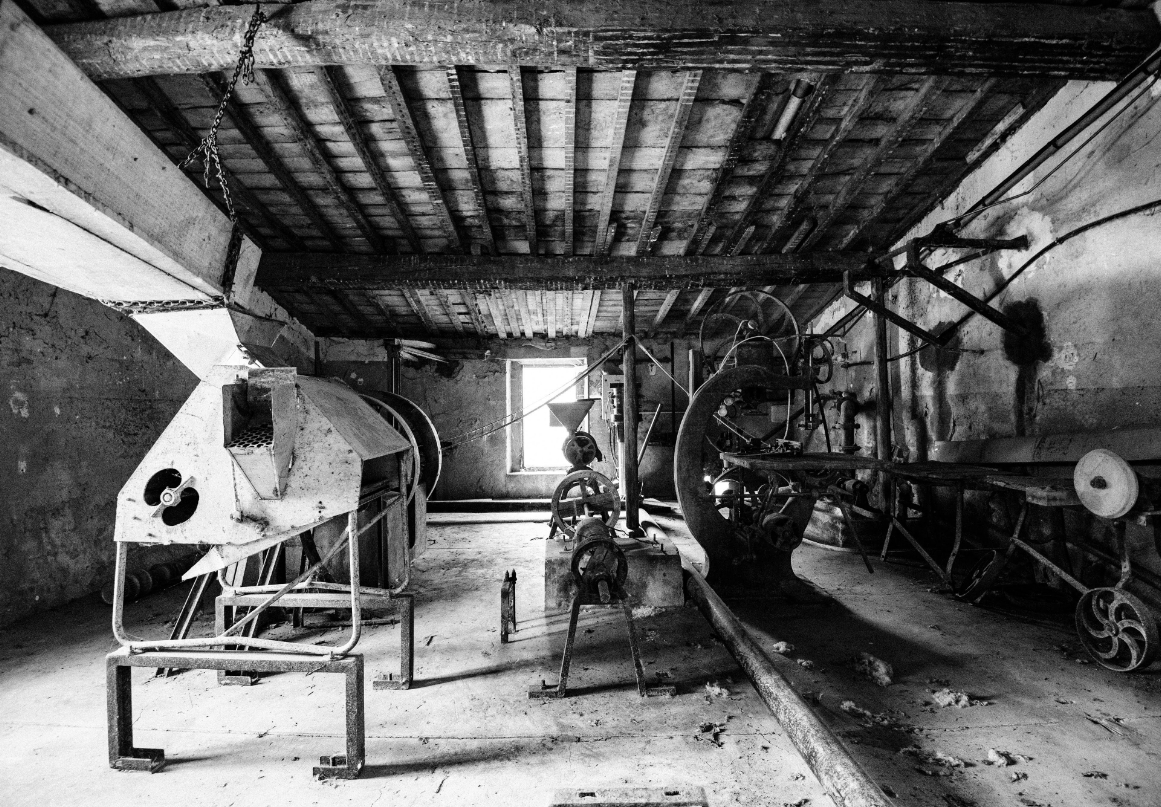
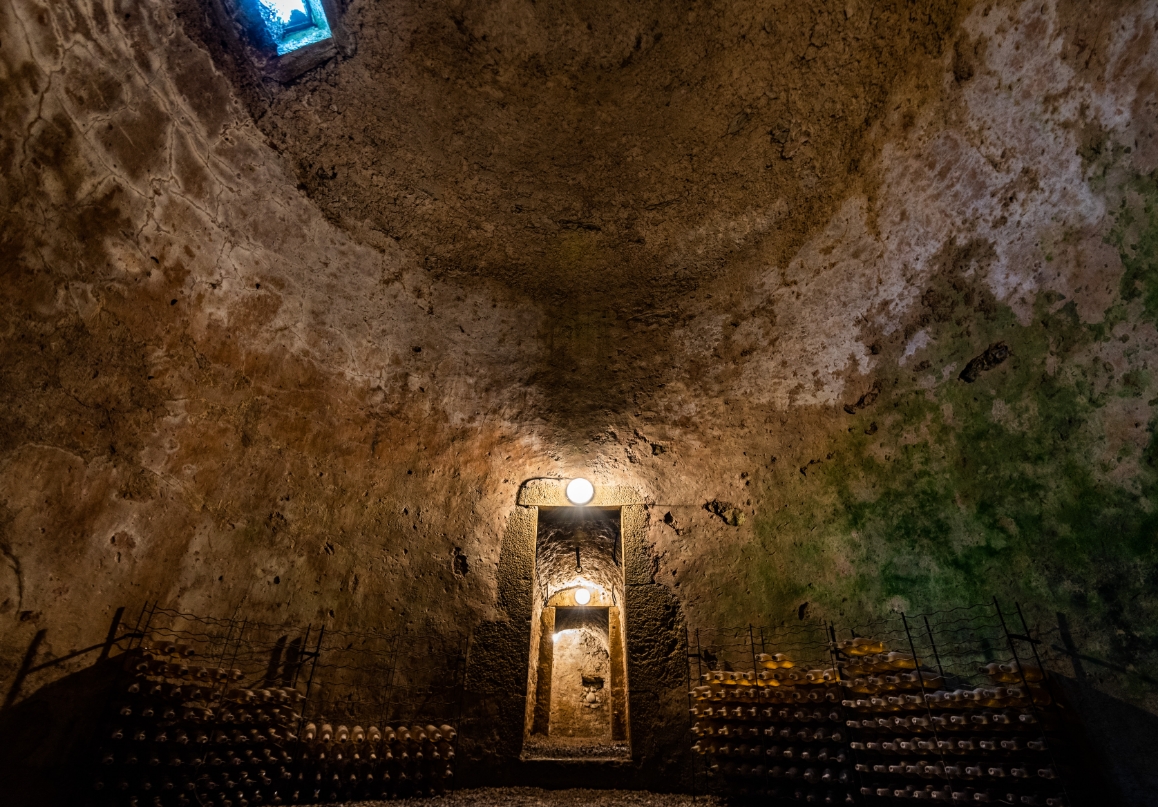

A family story
Le seigneur Jacques Cassaigneau, Capitoul de Toulouse en 1722, acquiert le Château de Brasse le 17 juillet 1719 et complète son nom de famille en Cassaigneau de Brasse.
Des lors, d’illustres propriétaires se sont succédé à la tête du domaine tels que Jean-François, Adrien Cassagnau de Saint-Gervais, député, sous-préfet de l’Aude et magistrat au Tribunal de Cassation, l’ancêtre de la Cour de Cassation sous la Révolution.
Today, Claude de Latude and her son Jacques – the ninth and tenth generations – carry on the family tradition bringing on their own vision and dynamism. Under their guidance, the vineyard has grown from 37 to 63 hectares.
Throughout the years, they have significantly worked to improve the quality of production, these efforts being rewarded by the classification of many parcels as “sélection”.
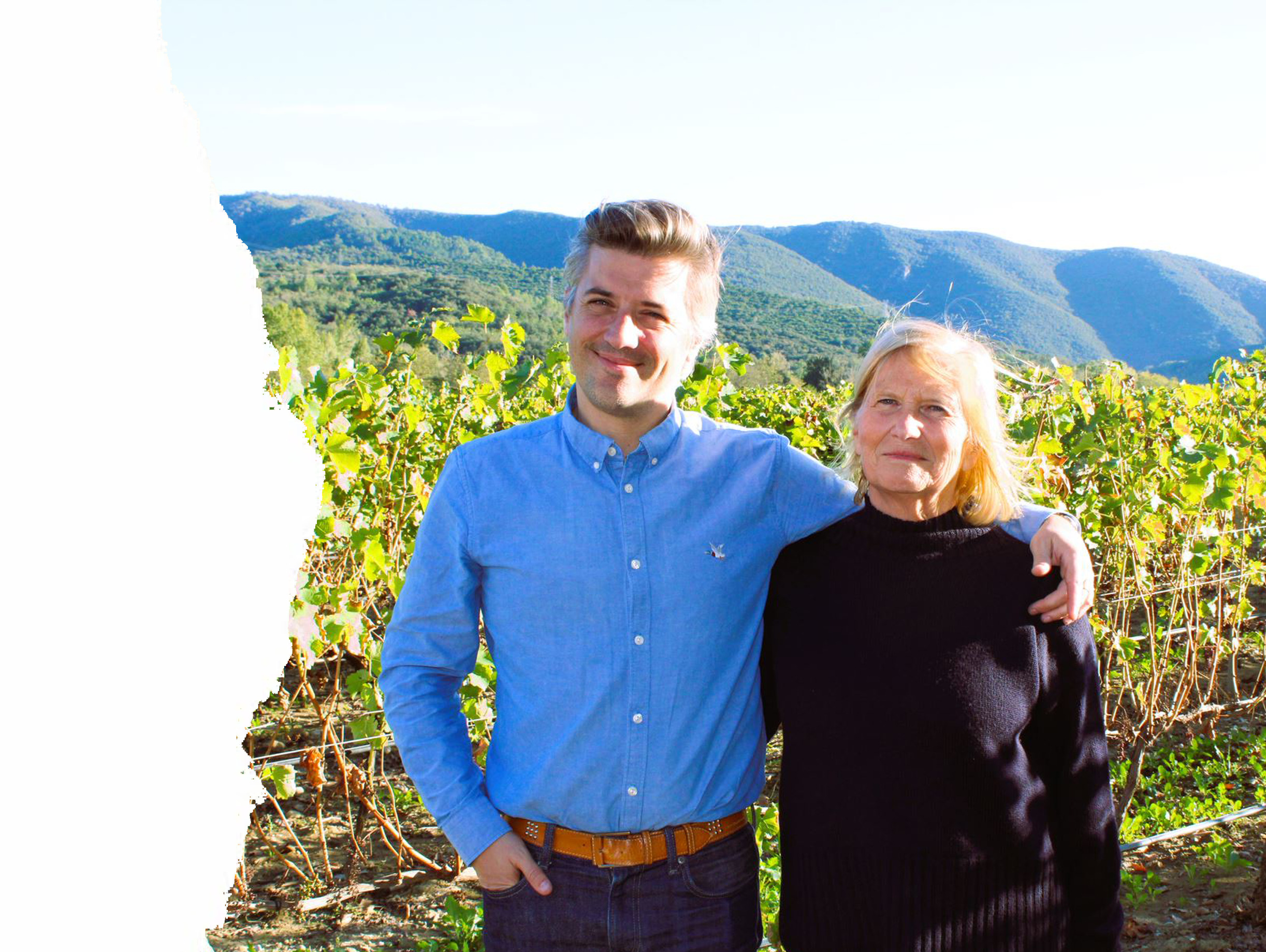
Praise of the domain
“Two kilometres south-east of the town, in the same valley, is the Brasse domain, which belongs to M. de Saint-Gervais, former sub-prefect of Limoux. The house, decorated with as much taste as elegance, is bathed by the river Aude, as are the picturesque gardens and the vast plantations that line them. The water from the river powers several fulling mills thanks to numerous machinery for spinning wool located within the house itself. Opposite, hills are covered with vineyards producing one of the finest wines in the country.


